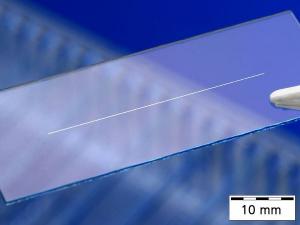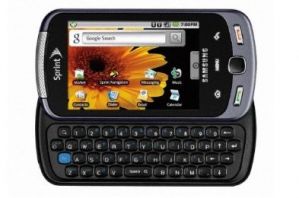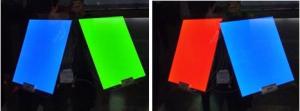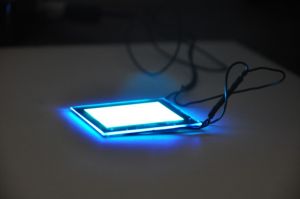The Fraunhofer Institute for Laser Technology (ILT) is developing a new cost-efficient process for applying conductor paths to OLEDs. The new process also makes homogeneous luminosity for the OLED panels, thanks to micro-scale conductor paths.
When you make OLEDs, you apply metallic conductor paths to the anode layer (ITO - Indium Tin Oxide - or similar materials). The size of these conductor paths plays an important role here: if they are too wide the paths can affect the luminous homogeneity of the light source. Today the metallic conductor material has been applied to the OLED surface using a vacuum sputter process which is energy intensive, has up to 90% material loss and is expensive. It is also not environmental friendly as it uses metals that has to be disposed of after use. The conduct paths are wide, and so disrupt the homogeneous luminosity of the OLEDs.

The Fraunhofer ILT is now developing a laser technique to apply
micro-scale conductor paths for the industrial partner Philips. A mask
foil is placed on the surface of the conductor which represents the
negative to the conductor path geometry later required. This is then
covered by a donor foil whose material will constitute the conductor
path, for example aluminum or copper. The assembly is fixed in place
and hit with laser radiation traveling at a speed of up to 2.5 m/s
along the mask geometry. A mixture of melt drops and vapor forms, which
is transferred from the donor foil to the substrate. The solidified
mixture produces the conductor path, whose geometry is determined by
the mask. As the process takes place in the ambient atmosphere an
expensive process chamber is not required. There is no material loss
because the residual material of the donor foil can be re-used.
More information here











